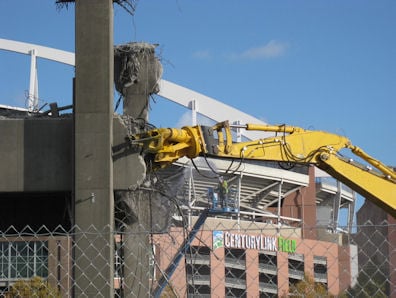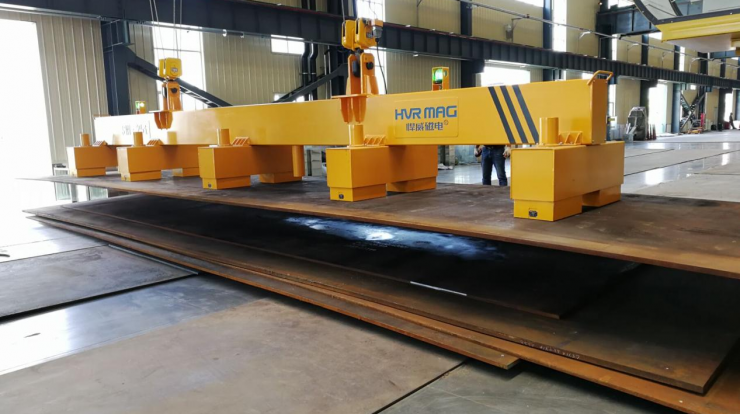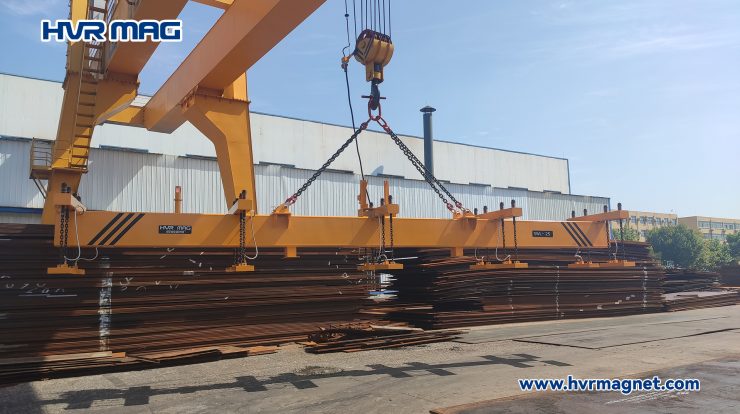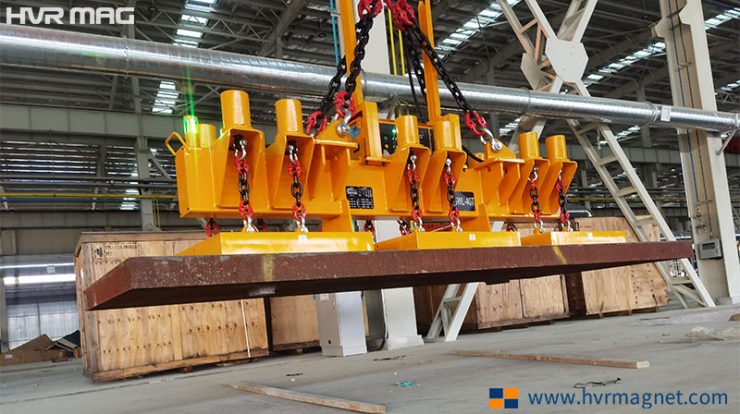6 Tips On Buying A New Or Used Attachment
var addthis_product = ‘wpp-262’;
var addthis_config = {“data_track_clickback”:false,”data_track_addressbar”:false};if (typeof(addthis_share) == “undefined”){ addthis_share = [];}
Attachments are the business end of all construction equipment and they are crucial to machine performance. Replacement becomes necessary when the attachment wears out or when job requirements change. Buying a used attachment often makes good economic sense especially when the cost of a new attachment approaches or exceeds the value of the host machine. However, selecting a used attachment can be tricky and you certainly don’t want to end up with someone else’s headache. Here are six common sense suggestions to consider when purchasing any attachment, new or used:.
1. Compatibility with your machine. To function properly, the attachment must be compatible with your machine. There are several aspects to compatibility: a) The attachment must have sufficient strength to withstand the forces exerted by the host machine. b) The attachment must be within a size and weight range that will allow the machine to operate at its full capability. For example, a bucket that is too large and/or too heavy may cause your machine to be unstable and slow down cycle times. c) The attachment’s hydraulic system, if so equipped, must be compatible with the machine’s hydraulic output. If your machine is not equipped with a control package includi ng pumps, valves and lines to the attachment, these items will need to be purchased and installed. d) The lugging on the attachment, whether set up for a pin-on connection or quick coupler, must match your machine. Most attachment manufacturers or their local distributors can provide information about machine compatibility.
ng pumps, valves and lines to the attachment, these items will need to be purchased and installed. d) The lugging on the attachment, whether set up for a pin-on connection or quick coupler, must match your machine. Most attachment manufacturers or their local distributors can provide information about machine compatibility.
2. Jobsite requirements. To ensure that your new attachment will meet the needs of your jobsite, be sure to check out overall physical dimensions of the attachment and of your jobsite including reach requirements. Also consider the capacity and robustness of the attachment. For example, if you’re buying an excavator grapple for handling rock, here are a few questions to ask: a) Will the grapple fit into confined spaces such as truck beds and hoppers? b) Does the excavator’s working envelope provide the vertical and horizontal reach needed to grab and discharge the load? c) Will the grapple’s capacity meet your production targets? d) Is the grapple durable enough to last the lifetime of the project? You may also want consider transportability and the affect the attachment will have on machine weight and overall transport dimensions.
3. Quality. Some brands of equipment are household names while others may be completely foreign to you. Does your prospective brand have a reputation for quality? Quality attachments use higher grade materials that may include the use of castings or forgings. They also exhibit good workmanship especially in the areas of welding, heat treating and precision machining. And finally, they incorporate wear parts that offer superior service life. If your livelihood depends on the continued operation of your machine – the quality of your attachment is no place to skimp.
4. Condition is a key factor in the selection of a used attachment. It’s not uncommon to find attachments that are in “like new” condition or ones that have been refurbished or completely rebuilt. At the other end of the spectrum are those that are ready for the scrap pile; most, however, fall somewhere in between. Whenever possible inspect the attachment personally or have it inspected by an trusted source. Ask the seller for maintenance records or a description of any recent repairs. Responsible sellers are happy to answer your questions and provide digital photos of critical wear areas.
5. Safety. Some attachments, in the course of normal operation, may pose a risk to the operator or anyone in close proximity to the machine. For example machines engaged in logging and demolition are equipped with guarding for the cab and other vulnerable parts of the machine. Other modifications may also be necessary such as adding extra counterweight or a gauge widener for better stability; installing a cab riser for improved operator visibility; or adding warning decals. If you have questions, contact the manufacturer for recommendations.
6. After-Sale Support. The more complex the attachment, the greater the need for after-sale support. Be sure to check out the availability of parts. Find out if you can get the attachment serviced in your area. Is a warranty being offered? Get the details.
Some final thoughts:
Your attachment may represent only a small percentage of the total machine cost, but it’s 100% of the action. If the attachment goes down – your machine is down. Whenever possible, make sure that the attachment you select matches the quality and durability of your machine.
Finally, there is no substitute for dealing with people and companies you know and trust. Bargains abound on the internet, but a bargain quickly evaporates if the purchase doesn’t meet your expectations. Approach internet sales with caution and common sense. Check out the product and the seller.




